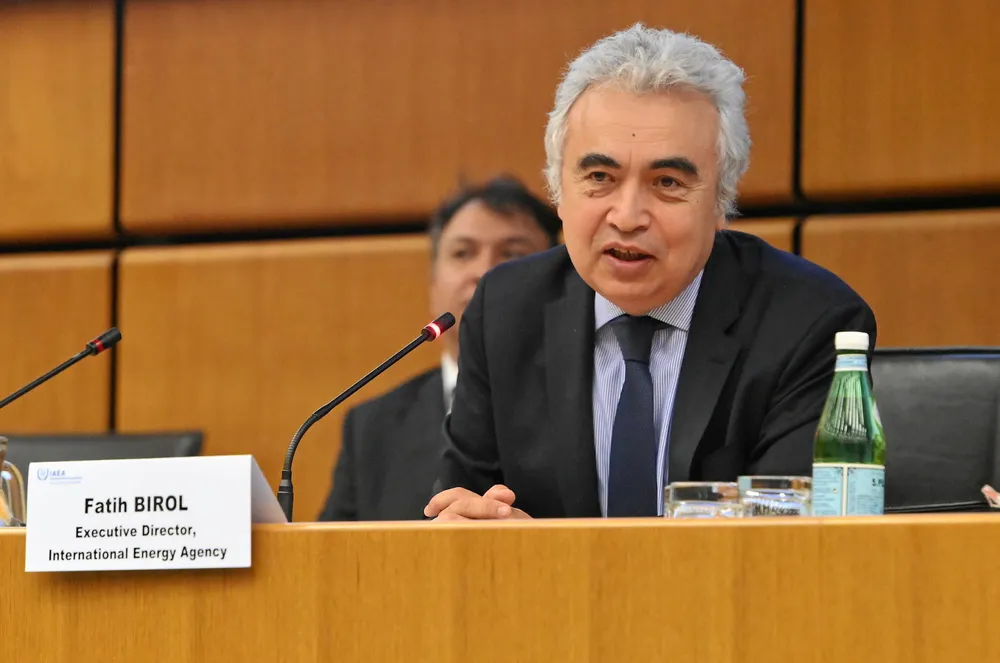IEA: renewables set to meet half of world's power demand by 2030
Led by China, world expected to add more than 5.5TW of new green power capacity between this year and end of decade

The International Energy Agency (IEA) expects renewables to meet almost half of global electricity demand by the end of this decade, as the world is set to add more than 5.5 terawatts (5,500GW) of new green power capacity between this year and 2030.
“Renewables are moving faster than national governments can set targets for. This is mainly driven not just by efforts to lower emissions or boost energy security – it’s increasingly because renewables today offer the cheapest option to add new power plants in almost all countries around the world,” IEA executive director Fatih Birol said.
“This report shows that the growth of renewables, especially solar, will transform electricity systems across the globe this decade.”
The IEA expects China to account for nearly 60% of all renewable energy capacity installed globally between now and 2030, which would make the country home to almost half of the world’s total renewable capacity by the end of this decade, up form a share of a third in 2010.
While China is adding the biggest overall volumes, India is growing at the fastest rate among major economies, the report said.
Solar PV is expected to account for 80% of the global renewables growth by 2030, he result of the construction of new large solar power plants as well as an increase in rooftop solar installations by companies and households.
Wind despite ongoing challenges is poised for a recovery, with the rate of expansion doubling between this year and 2030, the IEA reckoned, adding that already now, wind and PV are the cheapest options to add new power generation in almost every country.
Despite the rapid growth, the expected expansion is not fully in line with the goal set by nearly 200 governments at the COP28 climate change conference last year to triple the world’s renewable capacity this decade – the report forecasts global capacity will reach 2.7 times its 2022 level by 2030.
However, the IEA said its analysis indicated that fully meeting the tripling target is entirely possible if governments take near-term action. This includes outlining bold plans in the next round of Nationally Determined Contributions under the Paris Agreement due next year, and bolstering international cooperation on bringing down high financing costs in emerging and developing economies.
(Copyright)